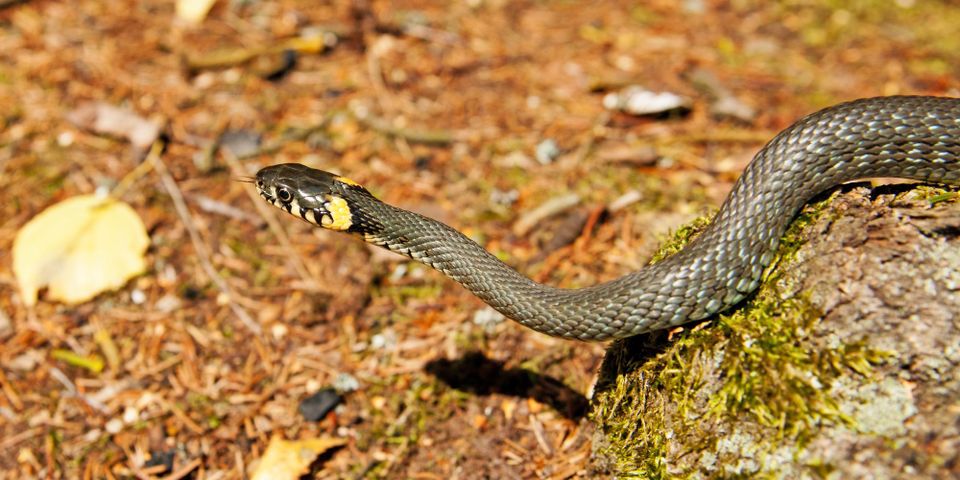4 Wildlife Removal Tips for Snakes

Snakes tend to remain in hiding, avoid direct contact with humans, and generally mind their own business. Those that end up on your property are usually seeking shelter and have no intention of causing disruption, though they should still be treated with caution. If you find yourself face-to-face with one of these reptiles, follow these wildlife removal basics to ensure success and prevent accidental injury.
A Wildlife Removal Guide for Snakes
1. Leave It Alone
If you see a snake outdoors, maintain a safe distance. Attempting an approach will only cause it to feel threatened and increase the potential for a strike. Bring all pets indoors and give the snake a few hours to leave on its own.
2. Identify the Species
 If you're close to the snake, look at its head. Non-venomous species tend to have rounded heads, while those that are venomous tend to feature more triangular appearances. Learning to recognize the differences could help you determine how best to proceed.
If you're close to the snake, look at its head. Non-venomous species tend to have rounded heads, while those that are venomous tend to feature more triangular appearances. Learning to recognize the differences could help you determine how best to proceed.
3. Close All Doors
If the snake is indoors, keep everyone away and place pets in their cages or behind a closed door. Then, try to direct the reptile toward an exit by sealing off other areas and gently nudging it out of hiding with a long-handled broom.
4. Construct Barriers
If the snake is in an open room with no door, try to corner it with stacks of boxes and boards. This will make it easier to track, so a professional will be able to capture it more quickly and efficiently.
Keep your home critter-free by working with American Bio-Tech Wildlife Services in New Milford, CT. These professionals have more than 45 years of experience in home wildlife removal and specialize in bats, raccoons, woodchucks, and snakes. They’re licensed by the National Wildlife Control Operators Association and maintain compliance with the Department of Energy & Environmental Protection. Learn more about their wildlife removal techniques by visiting their website, or call (860) 355-1231 to set up an appointment today.
About the Business
Have a question? Ask the experts!
Send your question

